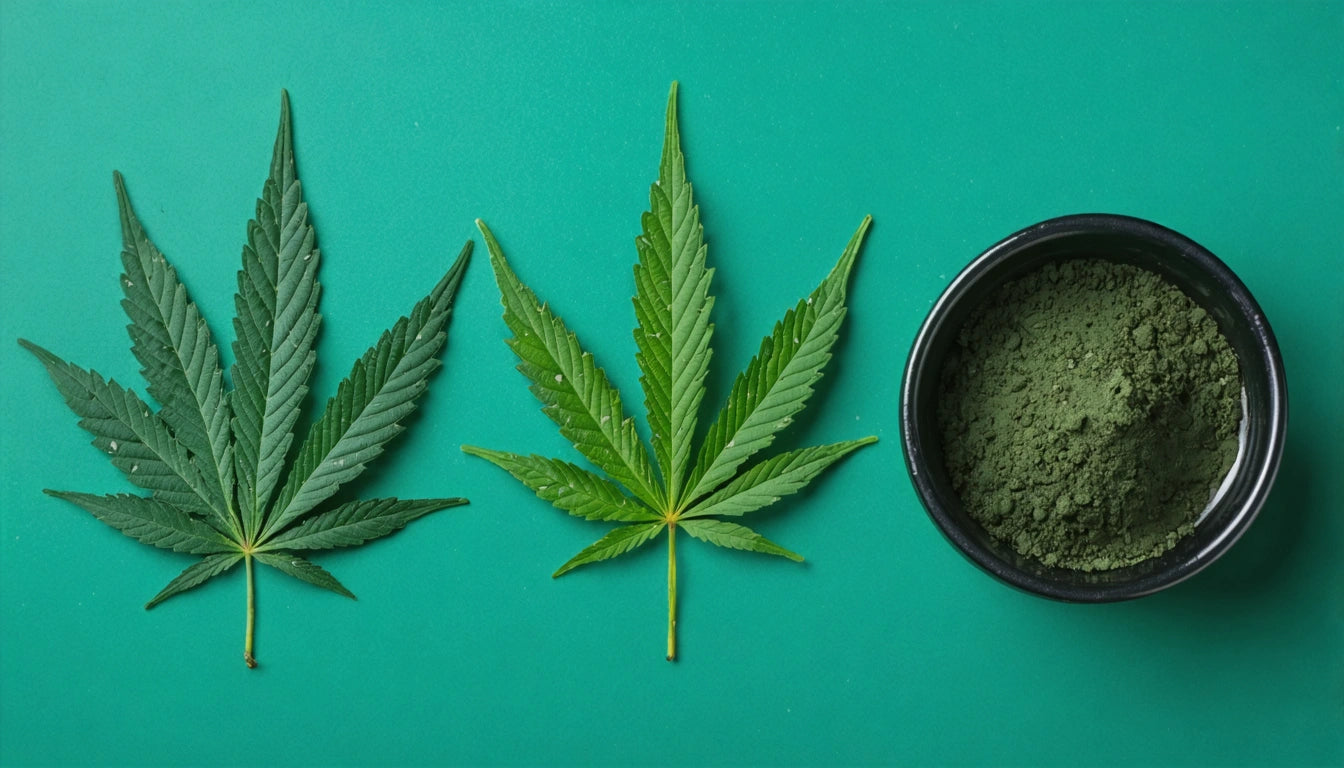Table of Contents
The cannabis industry has long categorized products as Indica, Sativa, or Hybrid, creating expectations about effects and experiences. However, modern research suggests these classifications may be oversimplified and potentially misleading. Understanding what these terms actually represent can help consumers make more informed decisions about their cannabis use.
Traditional Classification: Origins and Physical Characteristics
Traditionally, cannabis plants were classified based on their physical appearance and geographic origins:
- Indica: Originally from the Hindu Kush region of India, these plants are typically shorter with broader leaves and denser buds. They were thought to have higher CBD content.
- Sativa: Native to equatorial regions like Thailand and Mexico, these plants grow taller with narrower leaves and longer flowering cycles. They were associated with higher THC levels.
- Hybrid: These represent crossbreeds between Indica and Sativa varieties, supposedly offering balanced or targeted effects.
This classification system has been used for centuries, but scientific understanding has evolved significantly in recent decades.
Beyond Categories: The Chemical Reality
Modern research indicates that a plant's effects are determined by its chemical profile rather than its physical characteristics or heritage. Terpenes in cannabis play a crucial role alongside cannabinoids in creating the plant's effects.
The cannabinoid profile, particularly the ratio of THC to CBD, significantly influences how a strain affects users. This chemical reality means two plants labeled as "Indica" might produce wildly different effects based on their unique chemical compositions.
The Effects Spectrum: What to Actually Expect
Instead of rigid categories, consider cannabis effects as existing on a spectrum:
Relaxing Effects (Traditionally Associated with "Indica")
Strains with relaxing effects often contain:
- Higher CBD:THC ratios
- Terpenes like myrcene, linalool, and beta-caryophyllene
- Effects may include body relaxation, sedation, and pain relief
Energizing Effects (Traditionally Associated with "Sativa")
Strains with energizing effects typically feature:
- Higher THC content
- Terpenes like limonene, pinene, and terpinolene
- Effects may include mental stimulation, creativity, and mood elevation
Proper storage is essential for maintaining these chemical profiles. Many consumers use specialized containers with secure caps to preserve terpenes and cannabinoids, which can degrade when exposed to light, air, or improper humidity levels.
Choosing the Right Strain: A Practical Approach
Rather than relying solely on the Indica/Sativa/Hybrid classification, consider these factors when selecting cannabis:
1. Cannabinoid Content
Look for lab-tested products with detailed cannabinoid profiles. Understanding how to read a cannabis label is essential for making informed choices.
2. Terpene Profile
Terpenes significantly influence effects. Common profiles include:
- Myrcene: Sedative, relaxing
- Limonene: Uplifting, mood-enhancing
- Pinene: Alert, memory-enhancing
- Linalool: Calming, anxiety-reducing
3. Personal Sensitivity
Individual body chemistry plays a significant role in how cannabis affects you. What works for others may not work the same for you. Start with lower doses when trying new strains, especially if you're concerned about anxiety from certain cannabis strains.
The Future of Cannabis Classification: Moving Past Outdated Labels
The cannabis industry is gradually shifting toward more scientifically accurate classification systems. Forward-thinking brands are beginning to market products based on effect profiles and chemical compositions rather than traditional Indica/Sativa designations.
This evolution represents a more consumer-focused approach, helping users find products that deliver consistent, desired effects regardless of botanical heritage. As research continues and medical cannabis becomes more mainstream, expect to see more sophisticated classification systems emerge.
Understanding that the Indica vs. Sativa vs. Hybrid framework is limited helps consumers make more informed choices. By focusing on cannabinoid content, terpene profiles, and personal experience, users can better predict how a particular cannabis product will affect them, leading to more consistent and satisfying experiences.











Leave a comment
All comments are moderated before being published.
This site is protected by hCaptcha and the hCaptcha Privacy Policy and Terms of Service apply.